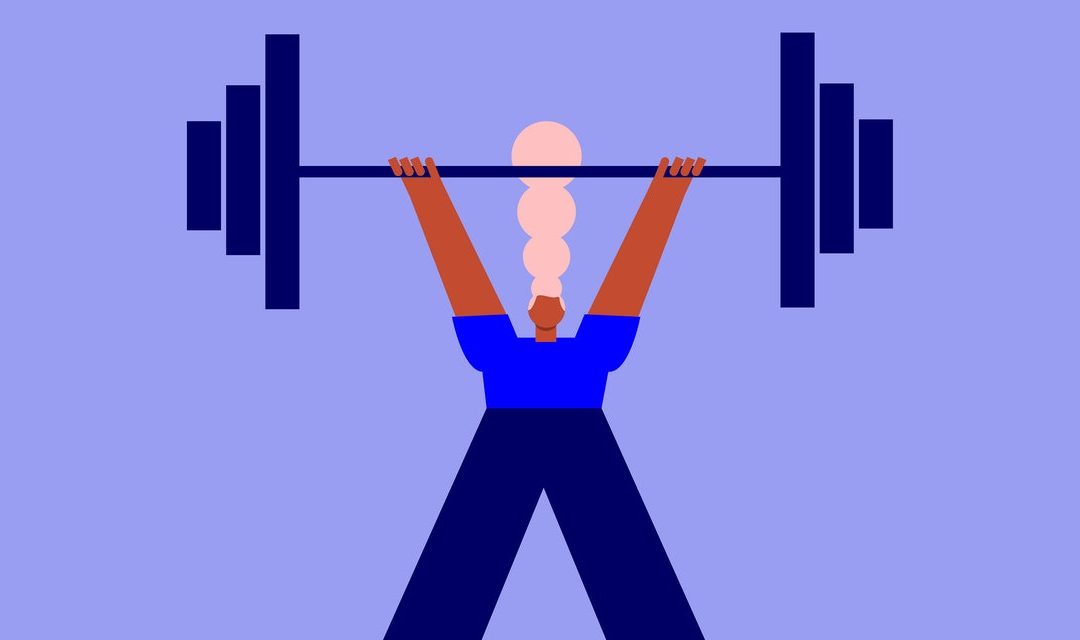There are also plenty of cardio classes out there that you can try. Heart-pumping examples include indoor cycling, kickboxing, HIIT classes, dance cardio, running classes, rowing classes, and more.
Rest days: 2 times each week
Why: Taking a break lets your body recover and rebuild—and gives it some time for post-workout muscle soreness to ease up—so you can get back to your workouts refreshed and ready to rock it.
There are a few ways to work in a rest day. A rest day can involve active recovery, meaning you don’t have to hit the gym or break a serious sweat, but you still do something.
“It’s not just about the physical recovery—it’s also the mental,” says Tamir. “Doing something that you enjoy that’s active is great for the mind…and it assists in residual fatigue.”
But sometimes the best rest day is a day of actual rest. It’s perfectly okay to do absolutely nothing on your rest day. What’s most important is that you listen to what your body and brain need. Some rest days, that might be doing a light morning stretch routine. Other days, it might be binge-watching Netflix on the couch. Both have a place in your weekly workout plan!
How: Active recovery shouldn’t require much effort. Think: low-key, gentle movement. You can do some stretching, just take a walk, or try a class, like restorative yoga. It’s also okay, as mentioned, to do nothing physical on your rest day. If you do choose active recovery, aim for 30–60 minutes of really light activity.
Where you place these rest days is up to you—if you do your workouts Monday through Friday, feel free to take the whole weekend off, says Tamir. Or you could break them up by doing a strength day, a cardio day, then a rest day before getting back to weight training. As SELF previously reported, the American Council on Exercise recommends taking at least one rest day every seven to 10 days of exercise, but when and how often to take rest days is highly individualized, which is why it’s important to tune into what your body is telling you–and then heed that advice.
Is two hours in the gym too much?
When it comes to exercising, more doesn’t always equal better. In general, a smart approach to working out is “quality over quantity,” Ava Fagin, CSCS, director of sports performance at Cleveland State University, tells SELF.
“It’s totally possible to get a good workout in, or enough of a workout, to elicit the goals you want” without exercising for hours at a time, says Fagin. Of course, some people, like marathon runners, may actually need to spend multiple hours exercising at a time as part of their super-specific training programs. But for the general population, logging two hours at the gym isn’t necessary—and in some cases, could even be counterproductive if you push yourself too far and overwork your muscles.
So how much time at the gym is ideal? In general, a strength-training session should last 40–60 minutes, plus foam rolling and a quick warm-up beforehand. As for cardio, the American College of Sports Medicine recommends logging 150 minutes of moderate-to-intense activity per week. How you split up those 150 minutes will depend on what type of training you’re doing, whether that’s longer, steady-state sessions; shorter HIIT workouts; or a mix of the two.
Is it bad to work out every day?
Now, it may sound counterintuitive, but rest days are on the schedule for a reason: Working out every day is not a good plan if you want to improve your fitness long-term.
Working out too much without giving your body the down time it needs is akin to taking two steps forward, one step back, explains Fagin. Eventually, taking that one step back over and over again “elicits a downward slope of progress just because you’re so tired,” she says.
Not taking a rest day when you need it, especially if you are overtraining, can increase your risk of overuse injury, decrease your performance, crush your motivation, and suck the joy out of an activity you once loved, according to ACE.
Instead, follow the advice above for building weekly workout plans that include doses of work and doses of rest. With that kind of balanced approach, you’ll get to your goals faster and with less risk of injury (and enjoy the process more!). Now that’s what we call a workout win.
Related:

